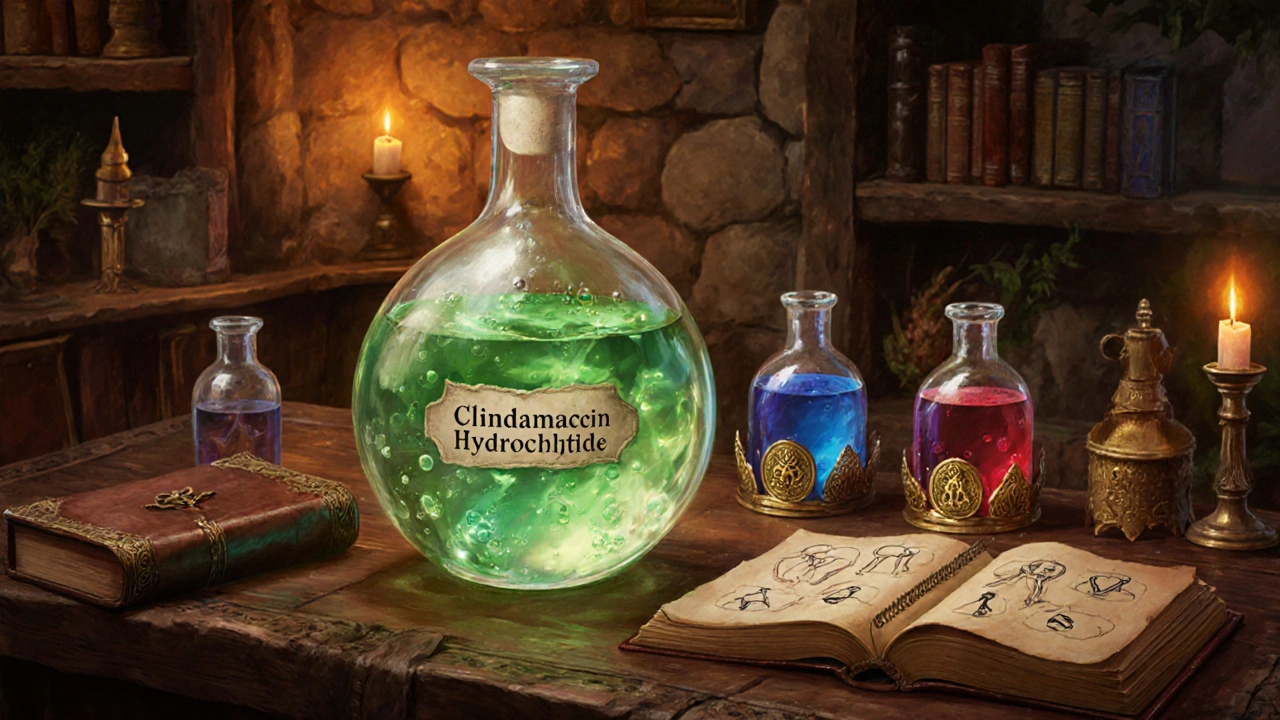Antibiotic Alternatives: Natural and Non-Drug Options That Work
When antibiotic alternatives, treatments that fight infection without traditional antibiotics. Also known as non-pharmaceutical antimicrobial options, they're used by people seeking to avoid drug side effects, reduce resistance, or support natural healing. The rise of antibiotic resistance isn't just a hospital problem—it's in your kitchen, your gym bag, and your medicine cabinet. Every time you take an antibiotic for a cold or a mild sinus infection, you're contributing to a global crisis where common infections could become untreatable. That’s why more people are turning to proven, natural, and non-drug options to manage infections before they escalate.
Many of these natural antibiotics, plant-based substances with documented antimicrobial properties have been used for centuries—from garlic in ancient Egypt to honey in traditional wound care. Modern studies confirm that compounds like allicin in garlic, berberine in goldenseal, and Manuka honey’s methylglyoxal can kill bacteria just as effectively as some prescriptions, without wiping out your gut flora. These aren’t magic potions—they’re bioactive molecules that target pathogens in specific ways, often with fewer side effects than synthetic drugs. And when paired with proper hygiene and immune support, they can stop infections before they take hold.
Then there’s the role of antimicrobial herbs, medicinal plants used to suppress bacterial, viral, or fungal growth. Turmeric, oregano oil, echinacea, and tea tree oil aren’t just trending on social media—they’re backed by clinical trials showing they can reduce bacterial load in skin infections, respiratory illnesses, and even urinary tract issues. Unlike antibiotics that attack everything, many of these herbs are selective, targeting only harmful microbes while leaving your good bacteria intact. That’s a big deal if you’ve ever had a stomach crash after a course of amoxicillin.
But here’s the catch: not all alternatives are equal. Some supplements are poorly made, underdosed, or falsely marketed. The difference between a useful remedy and a waste of money often comes down to concentration, delivery method, and evidence. That’s why people who’ve tried and failed with one herbal option often go back to antibiotics—not because they want to, but because they didn’t get the right version the first time.
What you’ll find in the posts below are real comparisons: how Ceftin stacks up against natural options for sinus infections, why cholestyramine might help your immune system by reshaping your gut, and how cycloserine—a real antibiotic—is used only when others fail. You’ll see how fungal remedies like Reishi and Agarikon are being studied for their immune-modulating effects, and why some people use turmeric instead of ibuprofen for inflammation tied to infection. This isn’t about replacing antibiotics in every case. It’s about giving you smarter, safer choices when you need them most.
Doxt‑SL (Doxycycline) vs Alternatives: Benefits, Drawbacks & Best Uses
A detailed comparison of Doxt‑SL (doxycycline) with common antibiotic alternatives, covering uses, side‑effects, costs and when each option is best.
Clindamycin Hydrochloride vs. Common Antibiotic Alternatives - Comparison Guide
A detailed comparison of Clindamycin Hydrochloride with other common antibiotics, covering uses, side effects, dosing and when to choose each option.







